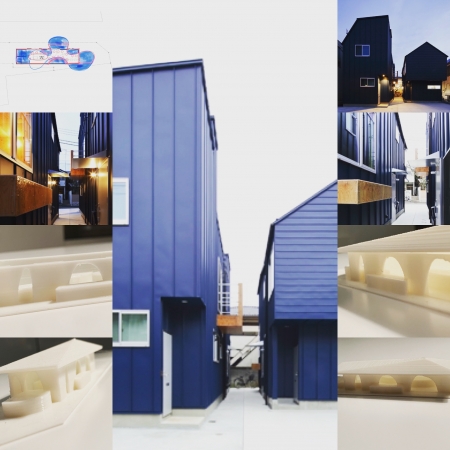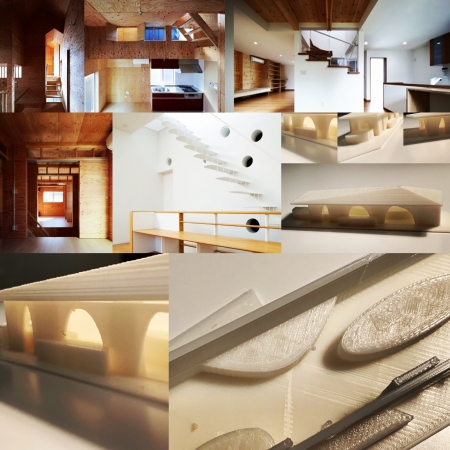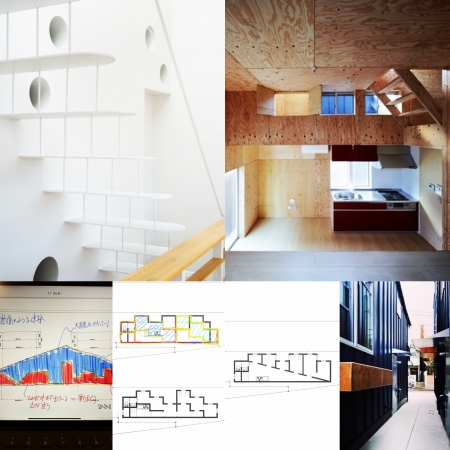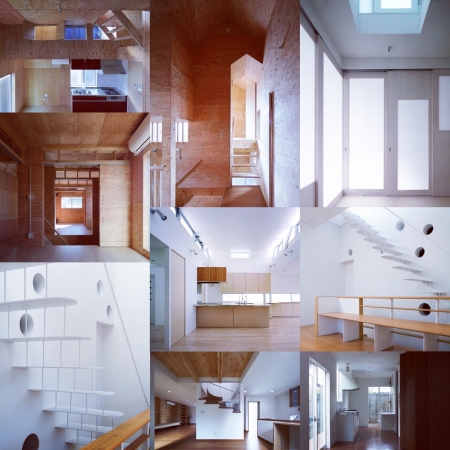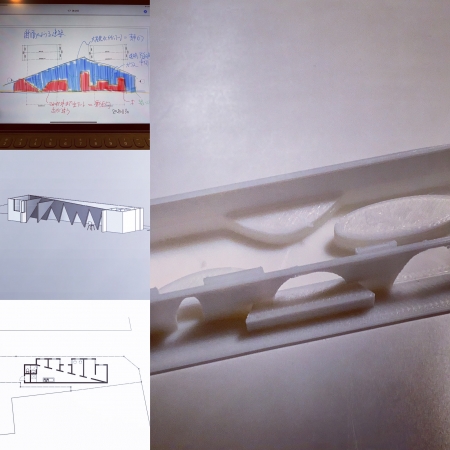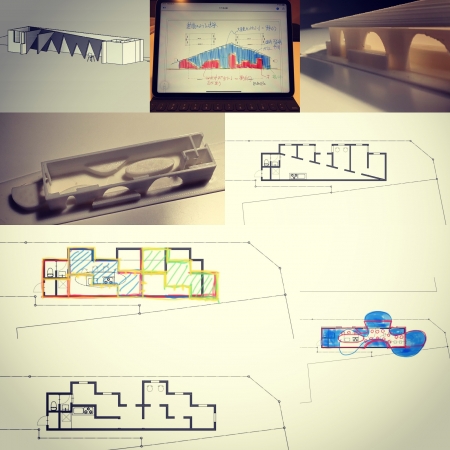不確実かどうか
対立するものがうまく溶け合うような解決策を探している。設計をしていると終始解決策を探しているようだ。
頭に浮かぶイメージには必ず実現困難なことが纏っている。最初から何もかも無理が無くすんなりと実現するようなことは無い。そもそも焼き回しのようなことはしないから、その都度新しい要素を加える分、不確実なことも増える。
不確実であるから、わからないから、興味も湧き、様々な事に関心を持つようになる。
実は空間の不確実性は必要かどうかを考えていた。何もかもが手に取るようにわかる空間は果たして魅力的かどうか。優等生的には確実性の産物が建築なのだろうが、建築を使う人が建築の全てを把握することはないので、確実性に富んだ建築にしたところで意味が無い。
では魅力的な建築や空間ではどうだろうか、「魅力的」という言葉も曖昧で不確実だが、少なくとも設計する側は不確実性を無くそうとする。それが設計だと言わんばかりに曖昧さを無くそうとする。だから、解決策を考える。ただ、ふと不確実な様には惹かれ心動かされてしまう。その惹かれる心と魅力的な空間に魅了される心は同じような気もする、根が同じような。
結果的には不確実だった、確実性を高めた結果の産物が、そうでなければ、ただいい加減な建築が増えるだけである。意図して不確実な建築をつくる、それが良さそうだと考えた。
"Uncertainty"
I'm looking for a solution that blends well with the conflict. It seems that he is always looking for a solution when he is designing.
The image that comes to mind always has something that is difficult to realize. From the beginning, everything is not unreasonable and can be realized smoothly. In the first place, we don't do things like burning, so adding new elements each time increases uncertainties.
Because it is uncertain, I don't know, so I get interested and become interested in various things.
Actually, I was wondering if spatial uncertainty was necessary. Is the space where you can grasp everything in your hands really attractive? As an honor student, the product of certainty is probably architecture, but since the person who uses the architecture does not know everything about the architecture, it is meaningless to make it a highly reliable architecture.
What about attractive architecture and spaces? The word "attractive" is vague and uncertain, but at least the designers try to eliminate the uncertainty. It tries to disambiguate as if it were a design. So think of a solution. However, I am attracted and moved by the uncertainties. The fascinated heart and the fascinated heart of the attractive space feel the same, the roots are the same.
The result is uncertain, the result of increased certainty, otherwise there will only be more sloppy architecture. I thought it would be good to intentionally create an uncertain architecture.

